The Story of Texcon – Success and Community
The story of Texcon begins long before the Internet or street fashion. It all started with a few retailers who came together to find solutions to the challenges they shared. Together they laid down the foundations for what is today Norway’s most efficient and profitable collaboration of textile retailers. This is the story of Texcon.
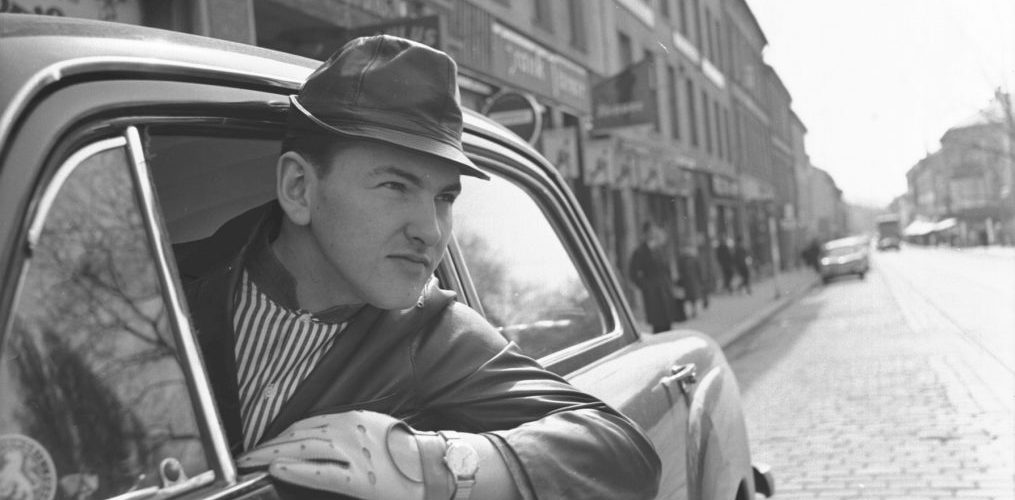
FACTS ABOUT TEXCON *
| Number of shareholders: | 204 |
| Number of stores: | 314 |
| Members’ turnover (B2C) net ex. VAT.: | 2 600 000 000 |
| Employees in stores in Norway: | 2036 |
| Employees at the chain office: | 6 |
| Established (Herrcon): | 1962 |
| Tekstilkjeden and Herrcon merged and became Texcon in 2007 | |
| Subsidiary: | Tectrading |
The story of Texcon starts long before the organisation became what we know it as today. In fact, the name Texcon is quite a new one – more specifically from 2007, when the large textile retailers of “Tekstilkjeden” and “Herrcon” merged.
The origin of what today is known as Texcon, is a story of skilled retailers from around the country, who together took on risks and challenges to ensure the best possible result for their businesses. On the road to financial success, the collaborative group found community, friendship, and good values – values that today still stand strong.
– Our mission is to create the strongest community within textiles, and to give our members the motivation, the tools, and the security they need to follow their passion.
Thomas Vethe, CEO i Texcon
Here comes the story of the textile adventure that started in 1962, and which today is Texcon.
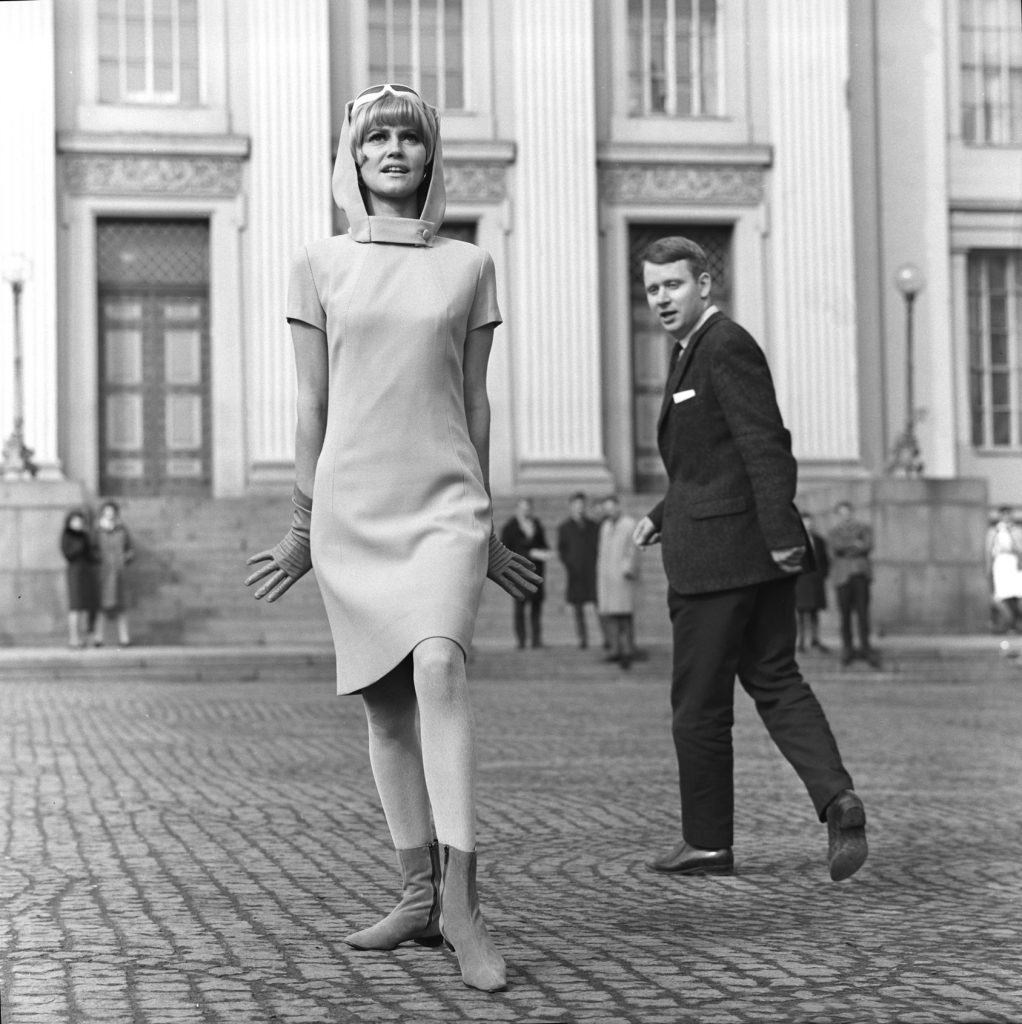
Stronger Together
Like Rome, Texcon was not built in a day. The founding retailers started working together as early as in 1962. At that time, words like “merchant” and “proprietor” were still in daily use, and the textile industry’s top priority was men’s clothing.
The first pioneers were retailers from Kristiansand in South-West Norway. These entrepreneurs saw what an advantage it would give them if they did their purchasing as a group. Together they could challenge the status quo and weaken the power of the big brands.
In 1962, the first four retailers came together for an informal chat which would later lead to a formal agreement.
– They wanted to create balance. The brands at the time had a strong standing in the industry and dominated large parts of the market, price levels and distribution. The starting point for the community was to stand together, and that “together we are strong”.
Dagfinn Dulsrud, Store owner and veteran in the textile industry
The four founders were Asbjørn Reinertsen, Kristoffer Onarheim, Karsten Johannessen and Øystein Pettersen. Together they bought the wholesale firm Knut Hagen & Co.
READ MORE: Texcon takes your store to the next level
From Business Partners to Friends
The newly established collaboration and company was a success. Starting small with only four members in 1962, in the years leading up to 1966 the membership grew to thirteen.
– Texcon has always been a voluntary community. When the members themselves bring a high degree of commitment and loyalty to the core focus of the organisation, it also leads to the highest impact on the members’ own results.
Thomas Vethe, CEO Texcon
In March 1966, while the miniskirt was scandalising Norway, a constitutional general meeting is held at Knut Hagen & Co. While the pundits and the public try to agree on whether the acceptable skirt length is 7 or 12 centimetres above the knee, the thirteen members sit down to plan for the future.

They decide to enter into a purchasing partnership, and to have the headquarters in Kristiansand. From their offices, the new partners wanted to challenge the big brands, as well as negotiating good deals and low prices on behalf of their members.
At the same time, the members found solidarity and friendship – and most importantly, they found allies to run their business with. Being a retailer in the 60s and 70s could be a lonely profession. Through collaboration, the members had the opportunity to share their experiences, face their challenges together and create a more stable framework for their enterprises.
Soon they were engaging different brands, negotiating agreements, and building their list of suppliers. Some of the first suppliers were the producer of knitwear, Salhus Tricotagefabrik in Bergen, and the renowned hat manufacturer, Nordisk Hattefabrikk, also from Bergen.
– We are the only organisation that from the very beginning has focused on collaboration with brand suppliers, rather than creating our own. This gives the stores diversity, variety, and the opportunity to decide for themselves. We want our members to adapt to their local market, and to not be centrally managed.
Thomas Vethe, CEO at Texcon
AS Herrcon Sees the Light of Day
In March 1968, two years after the general meeting, it is decided that Knut Hagen & Co will become a limited company. The now 15 merchants in the company decide that everyone will be allowed to buy one share each, to the value of NOK 1,000.
This proves to be the start of a larger purchasing partnership, and in 1972, AS Herrcon sees the light of day.
– At that time, many stores merged and were resurrected under chain names. That was not the case with Herrcon. It was all about collaborating when it came to purchasing, discounts with brands and creating a system that simplified the invoicing process for the members.
Dagfinn Dulsrud, Store owner and member of Herrcon since 1973
– The idea was – and still is – that you, as a store owner, know your market, your brand, and customers best. Therefore, the collaboration should not be at the expense of the store’s identity or its selections, but it was there to give you tools for success, Dulsrud tells us
With a new name and an increasing number of members, the group needs someone to take the wheel. In May 1973, the same year the world’s first mobile phone call is made in New York, AS Herrcon appoints its first director – Kjell Molstad.
Kjell Molstad did not have much previous experience with textiles, but being a great salesman and a shrewd businessman, he took AS Herrcon to new heights by re-organising and re-structuring the company. From 61-63 Dronningens gate in Kristiansand, he created Herrcon’s future business model, and obtained offers from national and international brands for the company’s members.
READ MORE: Texcon – a Sustainable Community
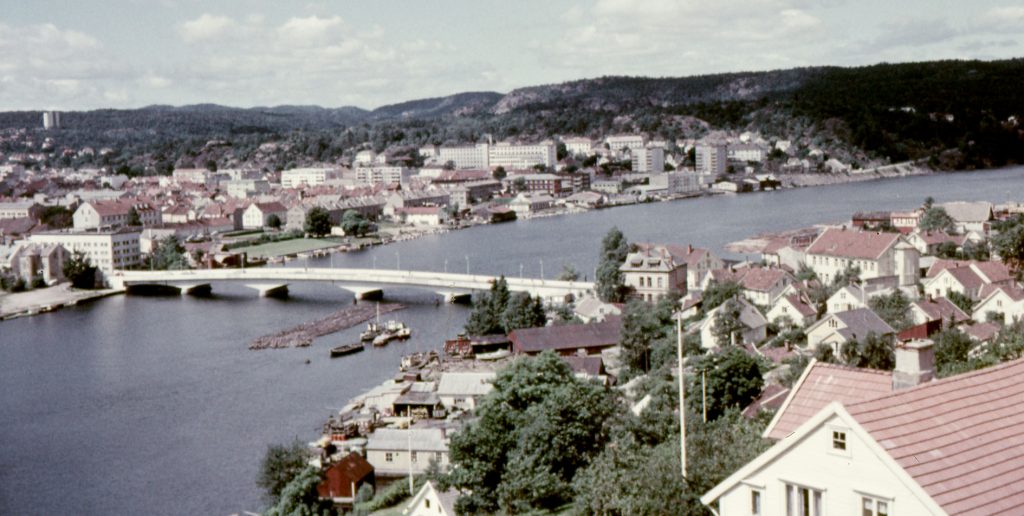
Caledonien – The Place to Be
The first purchasing fairs for AS Herrcon members were held in ’72 and ’73, in Kristiansand, at the stylish hotel Caledonien.
At the purchasing fairs, invited brands could showcase their selections. Herrcon’s “trade council”, a group consisting of 4 to 5 members, decided which suppliers to invite. 25 suppliers were present at the very first textile fair at the Caledonien in 1972. The purchasing fairs were held twice a year, in January and August, and all members of Herrcon could attend.
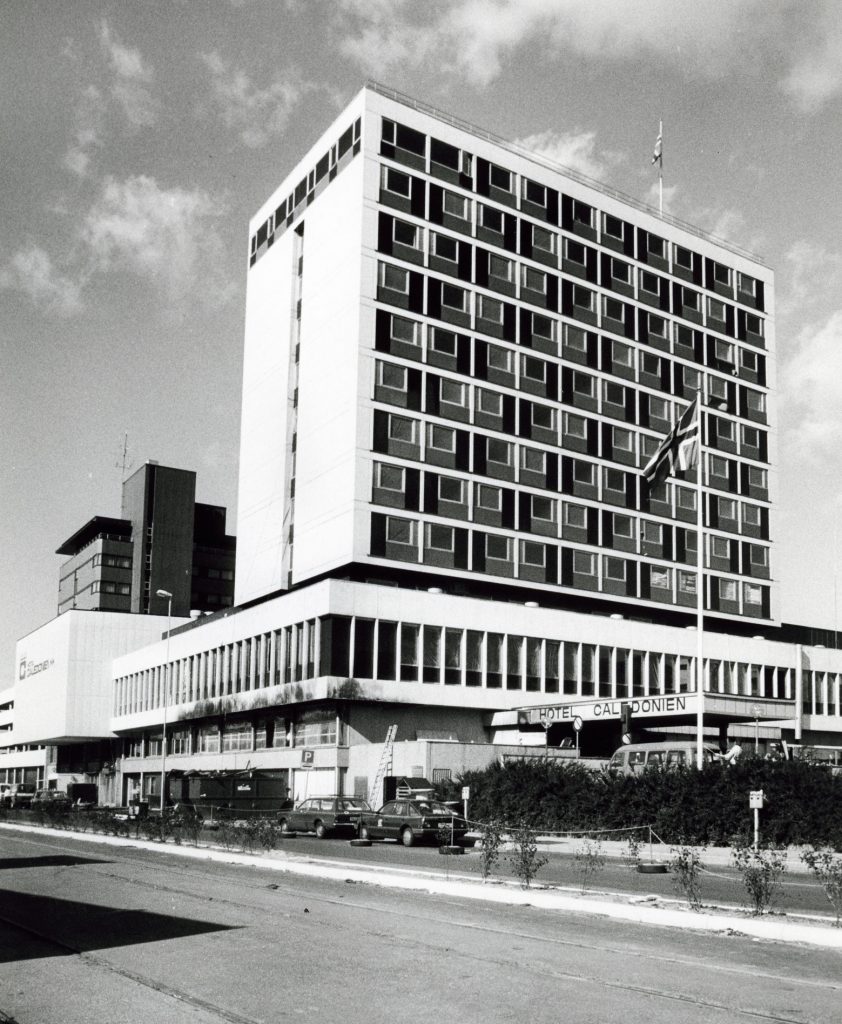
– Hotel Caledonien was a fantastic place to hold the purchasing fairs. After the purchasing fairs, a formal banquet was organised by the community of business owners in Kristiansand. It was all very ceremonial and impressive.
Anders Pettersen, chairman and member i Texcon
These impressive purchasing fairs were held at the Caledonien right up to 1986, when the hotel tragically burned to the ground.
Ever since Mongstad was appointed as director in 1973, the location of the company was a frequent topic of discussion. The question was whether Kristiansand was the right place for Herrcon’s headquarters. Oslo was becoming a metropolis for Norwegian art and culture, as well as a hub for fashion. The capital was now the home of major fashion designers like William Duborgh Jensen and Kjell Torheim.
At the general meeting on 7 June 1978, it was finally decided that the new head office would be in Waldemar Thranes gate in St. Hanshaugen, Oslo.
READ MORE: All of our suppliers
Bolkesjø – The New Place to Be
With new headquarters in Oslo, it was time for a new director at Herrcon. In a blue suit and anatomically shaped shoes, Steinar Johansen came to Herrcon from the competing clothing chain, Samtex – today known as Voice of Europe. One of the biggest challenges for the newly appointed director was to decide where the purchasing fairs should be held.
The fashionable director was quick to secure an alternative, and the next purchasing fair was held at “Exporama” in Sandvika, today’s Sandvika Storsenter. However, Sandvika did not quite live up to the company’s expectations, and the following year the purchasing fair was held at Hotel Bolkesjø in Telemark.
Bolkesjø was an immediate success with both buyers and suppliers.
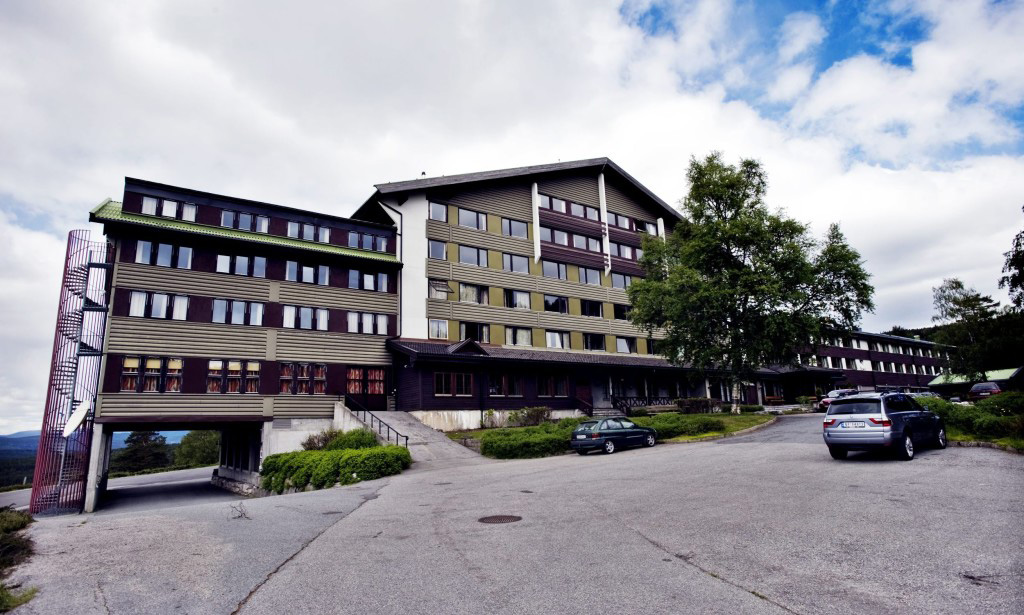
– Bolkesjø was almost like coming home. Both buyers and suppliers thought it was fantastic. We could be just ourselves, and we had a lot of fun together.
Anders Pettersen, chairman i Texcon
After many years of gathering at Bolkesjø, the members of Herrcon have become almost like an extended family.
Not only could members enjoy purchasing fairs at Bolkesjø, Herrcon also started arranging trips for its members. These trips became a source of knowledge and inspiration for the members, and the Herrcon trips gradually become its own concept, loved by everyone who takes part.
With destinations all over Europe, the trips offered the unbeatable combination of business and pleasure. The members got the opportunity to visit suppliers and to socialise with fellow Herrcon retailers. By this point, the company had grown to 30 and 40 members, and the board and administration travelled alongside the members.
On a trip to Scotland, the participants visited the American jeans brand Wrangler and their production facilities. On another trip they travelled to the US, where they visited Levi’s in San Francisco, when the jeans brand was only just starting up.
The trips created a sense of community and strong bonds between the members, and many of them became good friends.
READ MORE: Upcoming fairs and events
Merging with Tekstilkjeden
From 1978 onwards, time seems to fly by. While the Herrcon community grows, with more members and supplier deals, a clear vision for the future is taking form.
It’s 1994. Sissel Kyrkjebø’s crystal clear voice kicks off the Olympic Games in Lillehammer and the Norwegian lusekofte becomes world-famous. At Herrcon it’s time for a change of scenery. This time the company moves to Vinderen, Oslo, and will stay there until 2016.
In October 2004, a new director, Pål Bukier, enters the scene. He would be the one to lead Herrcon through the merging process with Tekstilkjeden. Tekstilkjeden could bring years and years of industry experience to the table. Their first store Brødrene Dobloug opened all the way back in 1870.
Herrcon and Tekstilkjeden complemented each other in several ways. Herrcon’s forte was men’s fashion, while Tekstilkjeden specialised in children’s and women’s fashion. At the same time, the two businesses were similar in terms of their member profiles, membership composition, operating model, competitive situation, and future challenges.
In tandem, the two companies were able to grow and to create good systems for payment processing, purchasing, and marketing activities. All this was possible due to their shared cultural values and by always taking into account what would be best for both businesses.
With the shared vision of creating the ideal platform for independent textile retailers, the merger was a fact in June 2007.
They called it Texcon.
– The merger was in the best interest of everyone in the company in light of the competitive situation. The merger strengthened both companies and made us bigger, which gave us an advantage in negotiations.
Per Børre Olsen, Board member of Tekstilkjeden
Texcon – Dressed for the Future
Herrcon and Tekstilkjeden proves to be a great match, and together their position in the market grows stronger. The deals with suppliers get better and better, more and more members join, and their results improve again and again. Texcon is a success.
Out of the success grows new visions for the future. After many years with extensive focus on end-to-end invoicing, Thomas Vethe becomes the new general manager in 2018. To join Texcon, Vethe leaves the position of sales director at Onninen AS. Vethe’s task is to take Texcon into the future, or in the words of the new slogan: Texcon – dressed for the future.
– My vision is for us to be the country’s largest and most loyal membership organisation for international and Scandinavian textiles and fashion, Thomas Vethe, the general manager of Texcon, tells us.
With that as Texcon’s vision, the future looks bright and profitable for all members – old and new. In 2018, the number of members reached 197.
– In the past, the main focus has been on textile suppliers and end-to-end invoicing. In the “new” Texcon, our members will still get all those benefits, but we will also ensure that we facilitate centralised agreements on all services and deliveries our stores need. Everything from lighting, telephony, technology, furnishings, and interiors, he says.
– Texcon will help members find the best deals in operations and sales for their stores. We will also focus on the customer journey and the training of employees, as well as offering social media courses.